Microsoft simply can't afford to blow the opportunity that is Sea of Thieves
Microsoft is moving Xbox more towards service-type games, but outside of Minecraft, it hasn't really proven it is capable of delivering a top-tier live game. That needs to change, starting with Sea of Thieves.
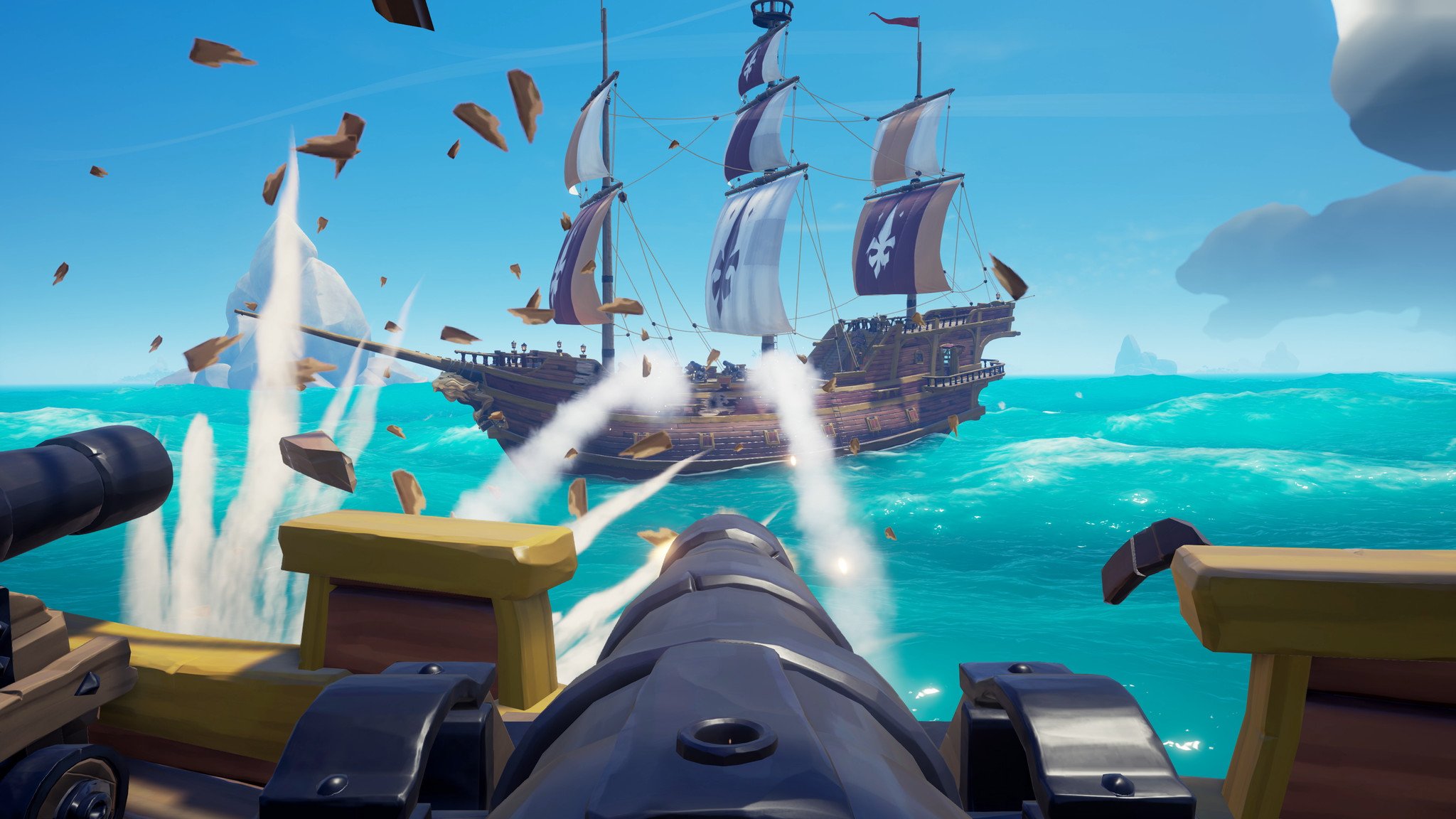
Sea of Thieves is already proving to be a huge success story for Microsoft and Xbox, both in terms of retail sales and Xbox Game Pass uptake. While critical reception of the game has been polarizing (to say the least), millions of players are flooding into the game, and seem to be having a whale of a time.
Sea of Thieves was atop Twitch in popularity during launch, and it still remains a strong contender a week later, beating Minecraft, Rainbow Six Siege, and various other hugely popular games at the time of writing. Whether that trend continues remains to be seen, but one thing is for certain – it's clear that Microsoft has a huge opportunity with Sea of Thieves — one it can't afford to squander.
Sandbox or cardboard box?
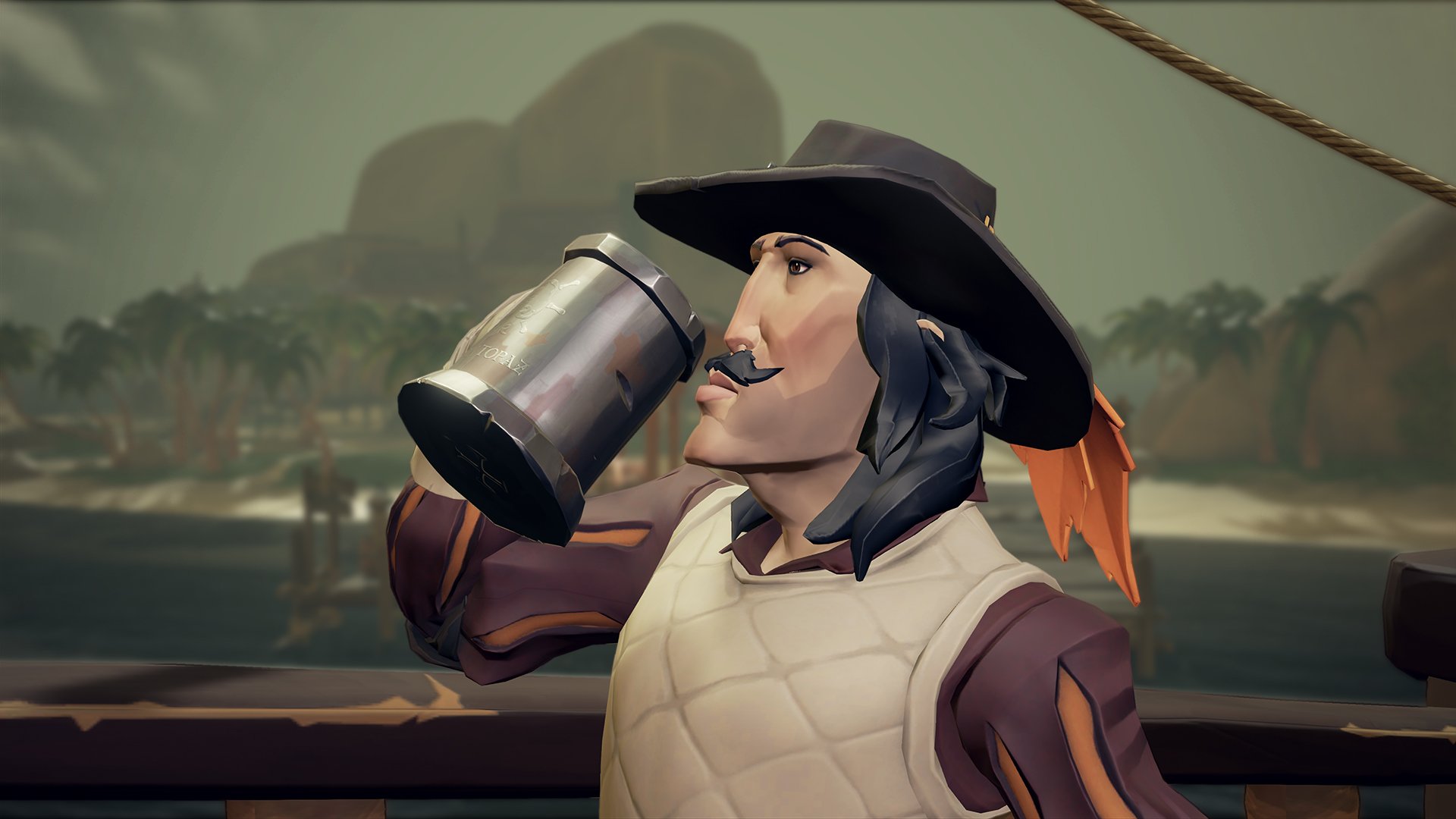
I have to give a shoutout to one of our stream friends DipDipPotatoChip for drawing this comparison, but I think it fits Sea of Thieves more closely than any other game in recent years to help explain the divisive nature of the game. In the carnage of Christmas morning, some little kids will readily discard the large cardboard box their shiny new toys came in, while others will take the box, paint it, and turn it into a rocket ship.
Sea of Thieves is similar in the sense that it is a blank canvas, filled with interacting mechanics designed to create emergent experiences. Minecraft follows a similar vein in some ways, but it also has mods, a creative construction layer, and various other systems designed to keep players hooked. Sea of Thieves is bare bones right now, and unless you're the type of extroverted gamer willing to create your own fun by interacting with other players, and, effectively roleplaying a pirate, I can understand why you might not enjoy what Sea of Thieves has to offer. That said, there's no reason why Sea of Thieves couldn't evolve to appeal to more types of gamers.
Expectation conundrum
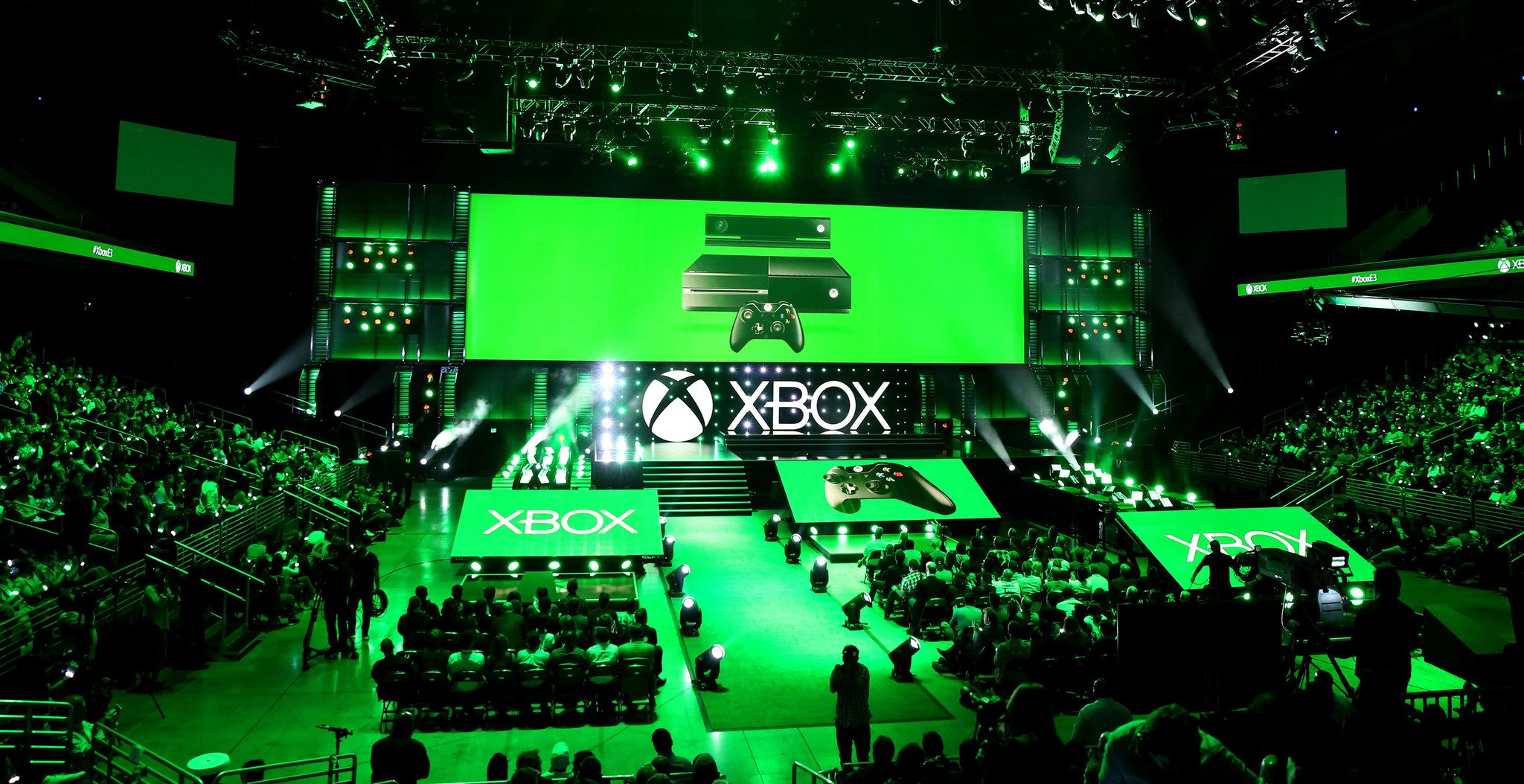
We often have huge expectations of what Microsoft can deliver in terms of first-party games, particularly when Sony's PlayStation division is shipping photorealistic open world games like Horizon Zero Dawn. Microsoft's approach to gaming, at least recently, has been very different.
I've visited Rare, creators of Sea of Thieves, and know first-hand that the team creating assets is of a much smaller size than a company like Bungie, building Destiny, and Ubisoft, making games like Far Cry 5. You might think with its resources, Microsoft would have game developers of a similar size, but it's simply not the case.
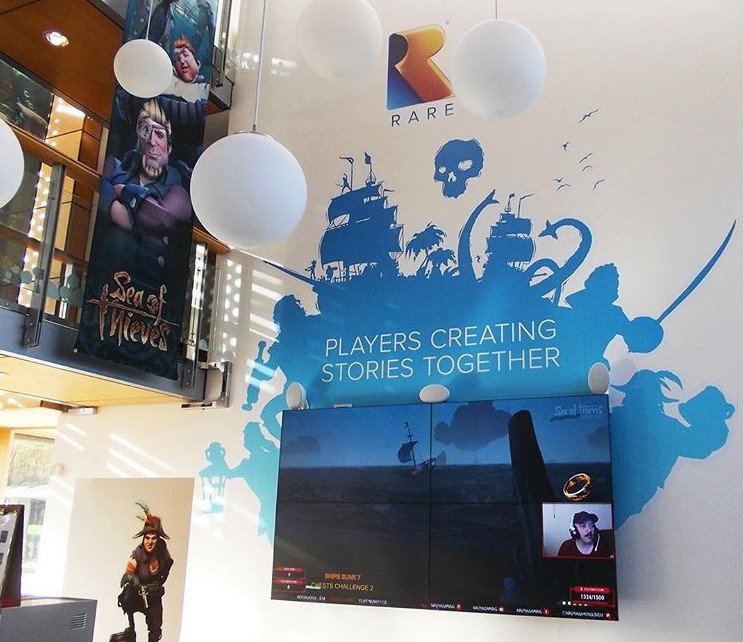
Instead of focusing on huge, cinematic experiences in vast open worlds, recently Microsoft seems to prioritize its strengths, leveraging emergent gameplay and dynamic multiplayer systems powered by the cloud over raw content. All of Microsoft's big exclusives for 2018 — State of Decay 2, Sea of Thieves, and Crackdown 3 — are multiplayer sandbox experiences. They sideline Hollywood-style motion-captured cutscenes, mature themes, and photorealistic graphics, for low-maintenance stylized-visuals, with multiplayer sandbox mayhem as their core feature.
All the latest news, reviews, and guides for Windows and Xbox diehards.
Multiplayer is leading the industry
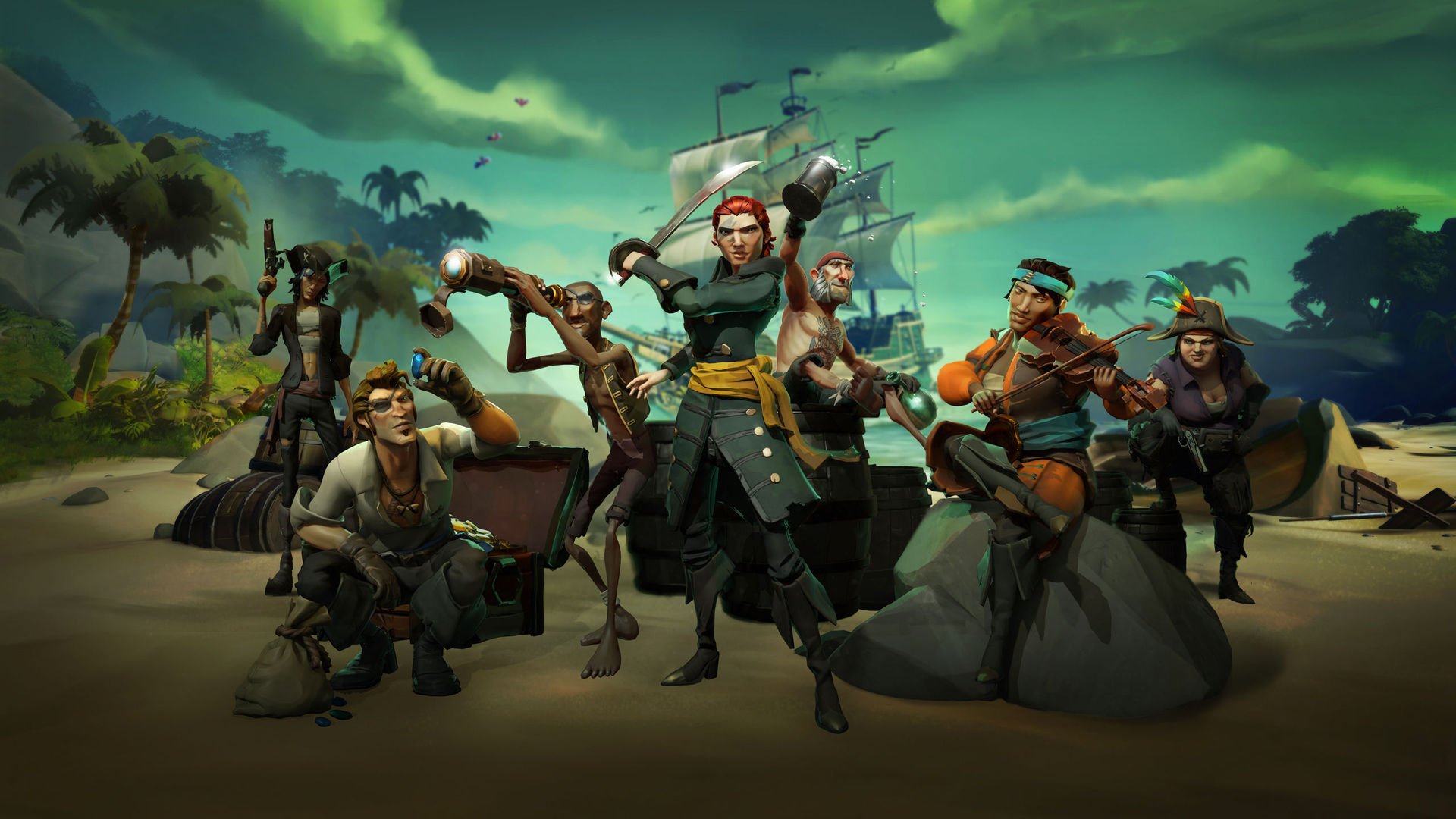
Sea of Thieves might be what you call "stream bait," designed to be as fun to watch as to play, and that could prove to be a smart bet for Xbox. The games that dominate Twitch viewership, and thus virality and influence, are indeed multiplayer-first games. Fortnite in particular shares some superficial similarities to Sea of Thieves, sporting stylized cartoony graphics, with multiplayer mayhem at its core.
What is at least in part responsible for Fortnite's runaway success (as well as it being, well, free), is the sheer pace of updates the game is receiving. New weapons, mechanics, and cosmetics are being added at breakneck pace, adding new reasons to play.
Epic Games is also a large and established studio, and they know the Unreal Engine upside down, inside out and backwards, given the fact they make it. Both of these factors probably help speed up the process of updates, but I can't help but wonder if Rare has the staff size it needs to keep up with the demands of today's gamers.
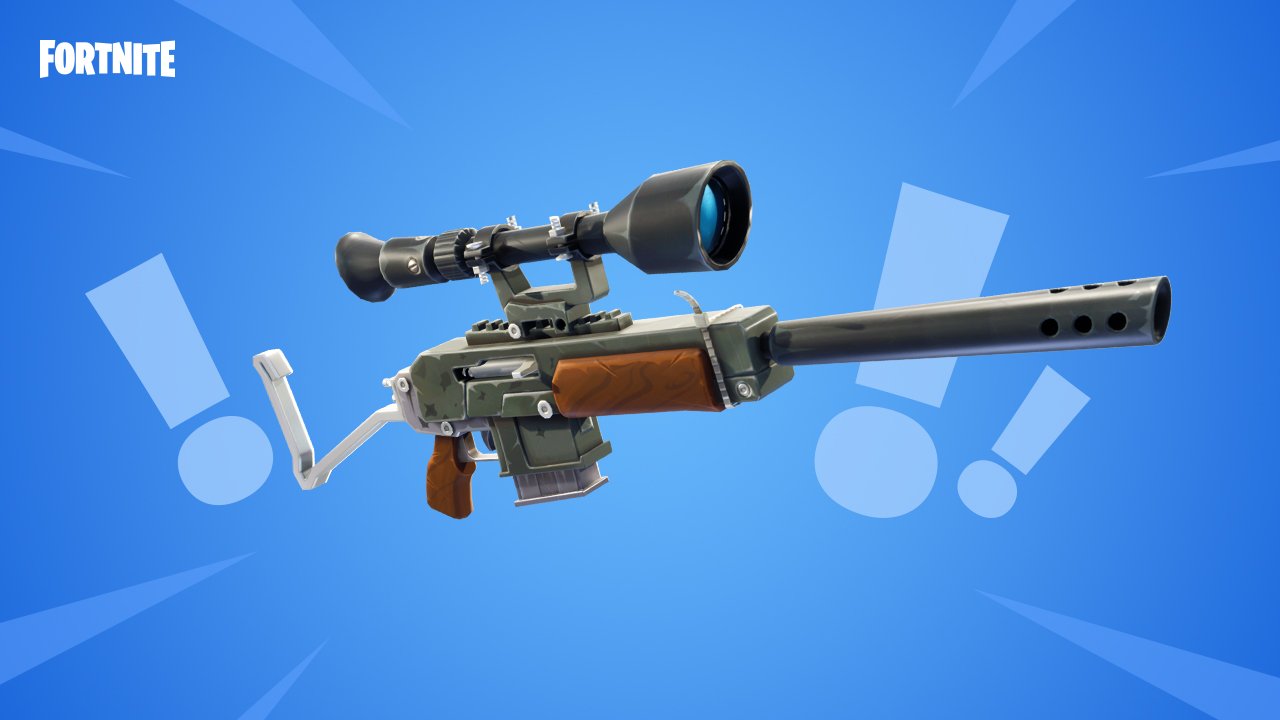


Sea of Thieves doesn't necessarily need to follow The Division's or Destiny's model for updates, shipping large, often narrative-driven expansions requiring tons of new detailed art assets, animations, and voice work. In theory, Sea of Thieves can be far more nimble, including things like new guns, new cosmetics, and creatures relatively quickly. Rare has also described these ideas to me in previous interviews, noting that they would simply add new features as soon as they were ready, rather than waiting for more marketable update packages or expansions. Whether this happens or not remains to be seen, but as players look to games like Fortnite and Overwatch, which add both gameplay and cosmetic updates fairly quickly, I'm unsure if Rare is getting the resources it might need to meet these "live service" expectations.
Does Xbox take its service ambitions seriously enough?
The team leading Xbox has been vocal in affirming its commitment to Sea of Thieves' long-term future. There are already huge and detailed lists of ideas Sea of Thieves fans have for the game, including new monsters, new systems, new mechanics, and beyond. And even hints for what could be on the horizon in Sea of Thieves' official lore book.
What will be critical, however, is how fast these updates get to players.
What will be critical, however, is how fast these updates get to players. I can see Sea of Thieves sinking fast if people believe "this is it" and quickly move on to other titles. Sea of Thieves is the first game in a long time that has truly captured mainstream attention, outside of the Forza, Gears, and Halo trinity that Microsoft all too often relies on. It also offers something truly unique like PUBG did, back when that blew up. Scaling issues has impacted PUBG in the same way it could impact Sea of Thieves, if Microsoft doesn't move fast.
If it's Microsoft's plan to create a high-quality lineup for its Xbox Game Pass subscription service, it needs to prove that it is able to deliver a high-quality service for its existing games. Given the dropoff in players and esports interest in games like Gears of War 4, Killer Instinct, and even Halo 5, I'm not sure Microsoft is taking this stuff as seriously as it should be.
Why maintain that Xbox Game Pass subscription for Sea of Thieves if it hasn't had a meaningful content update by the time your sub runs out? Hopefully, Game Pass will not only incentivize Microsoft to keep supporting these games,but also invest more in the content itself and the speed of its delivery.
Sea of Thieves is available now for Xbox One and PC, as an Xbox Play Anywhere title for $59.99, or for $9.99 per month as part of Xbox Game Pass.

Jez Corden is the Executive Editor at Windows Central, focusing primarily on all things Xbox and gaming. Jez is known for breaking exclusive news and analysis as relates to the Microsoft ecosystem while being powered by tea. Follow on Twitter (X) and tune in to the XB2 Podcast, all about, you guessed it, Xbox!

